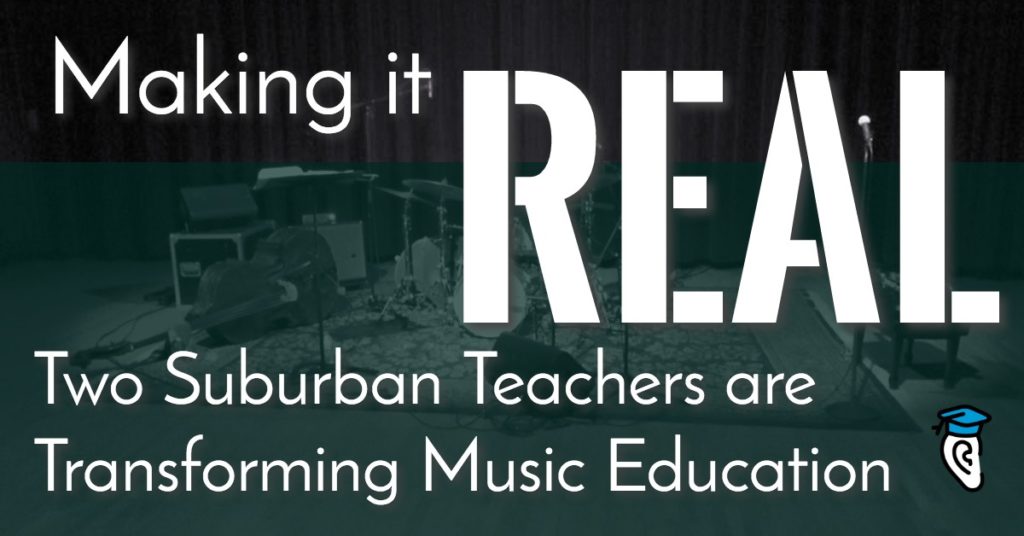From the outside, Oak Lawn may seem like any other suburban high school. But inside, Bob Habersat and Paul Levy are recreating music education based on real-world professional music skills. We discovered their website, originally intended as a tool for their own students to become self-guided learners, and found mounds of material that resonate with what we’re doing here at Easy Ear Training and Musical U.
Let’s check in with Bob and Paul and find out about their approach to teaching, and online initiatives.
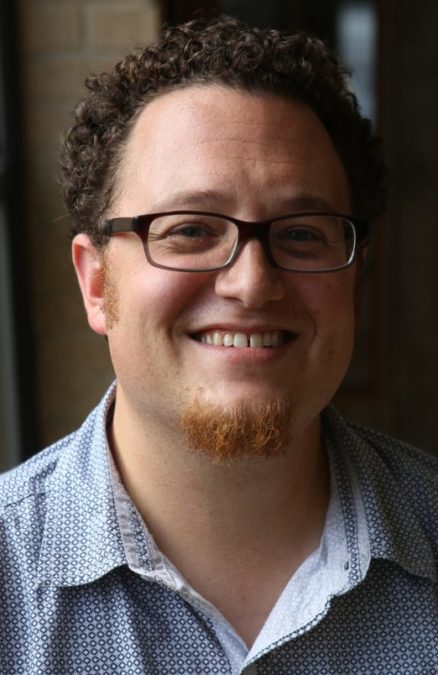 Paul: Sure. When I was an undergrad in college, I never wanted to be a teacher, I just wanted to play, so I was really focused on that. I was a working jazz musician, playing around the country and internationally. Through the musician’s union, I got these teaching gigs, and I really enjoyed the process of working with kids. I decided to go further into teaching.
Paul: Sure. When I was an undergrad in college, I never wanted to be a teacher, I just wanted to play, so I was really focused on that. I was a working jazz musician, playing around the country and internationally. Through the musician’s union, I got these teaching gigs, and I really enjoyed the process of working with kids. I decided to go further into teaching.
So I come to teaching as a performer, not from a music ed background. I have been at Oak Lawn for 9 years, teaching in the Chicago area for the last 12. Now I’m the band director here at Oak Lawn Community High School. I also teach piano, and before Bob came here, I taught guitar as well. As a sax player, I still keep myself busy playing out around the area.
Bob: Oh, boy—I’ve never heard Paul’s resume actually said out loud! My resume is not as cool as his. I went to school. I’m a guitar player. I play out on a semi-regular basis. We just had a baby, so it’s become more semi- than regular.
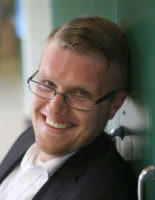 Thank you. I’m into audio engineering, and I DJ on the side. I also create guitar/yoga music through live looping, where I combine my technology, music theory and guitar in solo performances.
Thank you. I’m into audio engineering, and I DJ on the side. I also create guitar/yoga music through live looping, where I combine my technology, music theory and guitar in solo performances.
Here at Oak Lawn, I teach Guitar, Music Theory, and Music Technology. I started Guitar Studio as our performing ensemble—five guitars, bass, and drums.
We have three instrumental staff and a choir director. Including general music, we service around 350 students.
Bob: Well, I’ve taught how to read a quarter note like a million times, and so I started to record videos about how to do it, and then show it to kids during private lessons. Then we thought of the website. The website came out of that two years ago, and it’s been evolving.
We were looking at standard theory books, and realized, “This isn’t the stuff that you actually use on day to day as a musician.”
I’ve never been at a gig where it was like, “Alright, guys. Let’s analyze this four part chorale.” It’s like, “Can you read the music? Does it sound good?“
We want to teach our classes so that when you come out, you’re either ready to go to college for music, or you’re ready to do something in the industry. You can sit in on a session, and if you’ve been in our jazz program, you know some tunes, and you actually know what’s going on. All that, instead of endlessly writing the usual four-part chorales.
Of course, four-part writing is important in the classical setting, but we want our kids to know what the real world skills are. There are classical musicians out there, but there are more contemporary musicians, and to be a contemporary musician requires a different skill set.
Paul: That’s our big approach: can you perform music with a good sound, and with some thought process behind that? So we have a performance-based curriculum that does teach all of these little nuts and bolts that are related to music, but when it comes down to it, it’s got to sound good.
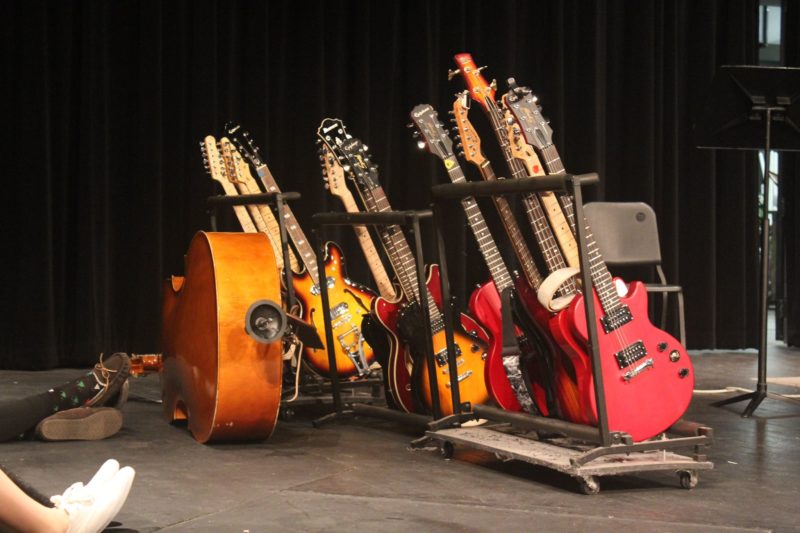
Bob: That started with me in a room, thinking. I was thinking, “What did I learn in college that was interesting? What did I learn in college that prepared me to be a professional musician?” Then I broke it down, and I listed it.
I share it with all my students at the beginning of the day two: “This is what you need to learn to be a pro. What do you know now? Then, what could you improve?”
That’s how I started to write the Musicianship 101 material, and the rhythm guide, and all those things on the website.
Practice strategies, for example, is something that a lot of people don’t really think about. But when you’re in a room by yourself, and you’re going to practice, it’s so easy just to play stuff that you already sound good on. You don’t admit, “Okay, I’m really bad at measure five. I’m going to work on that.” You get really good at measure one through four, and never get past measure five.
It’s really about listening to yourself, self-assessment. “Where are you now?” and then you can look back. “Okay, I’ve learned this, I’ve learned this.”
Ultimately, as we have all the videos, and all the concepts, really spelled out on Musicianship 101, then they can see a topic that they don’t know 100%, and then they can master that on their own. It’s like taking that document, and then adding the element of self-discovery, and self-guided learning. “Okay, I’m excited to learn this, and this is how I’m going to do it.”
Q: Nice. You clearly emphasize the performance skills, or the practical skills, without neglecting the traditional reading and music theory skills. In my line of work, I come across a lot of music education departments where they’re firmly classical, just focused on the theory, reading from sheet music, and perfect performance from the written music. Others where they’re the exact opposite— “We’ll just wing it, and play by ear. We don’t need to know any of that theory stuff.” You guys have a foot in both camps. You recognize the value of both of those areas.
I’d love to hear more about your Musicianship 101 concept, and the different things you pull together into what it means to be a good musician.
Paul: The Musicianship 101 started as an online textbook for our music theory class. Kids weren’t signing up for theory—the course description of the music theory class was a snore fest. We put it in the real world, with what they’re going to learn and make the kids more successful. Then, they started to sign up.
You see, the traditional music theory was completely unrelatable to their situation. Most kids probably aren’t going home and listen on their headphones to old music that has no relation to what they currently listen to.
Bob brings in pop music. How can we learn this important music theory concept, but utilize something that’s relevant?
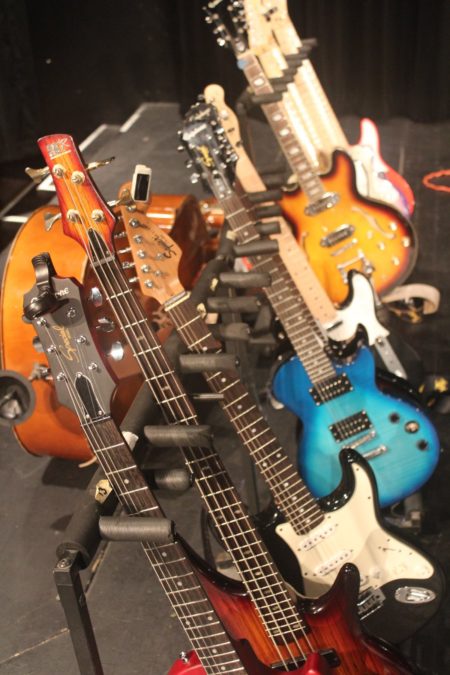 Bob: Yeah, let’s figure out the chords for Wrecking Ball by Miley Cyrus. Let’s hear the I, IV, V, and vi chords in all these different pop tunes, and then get to a place where you can identify them by ear.
Bob: Yeah, let’s figure out the chords for Wrecking Ball by Miley Cyrus. Let’s hear the I, IV, V, and vi chords in all these different pop tunes, and then get to a place where you can identify them by ear.
Once they get that, and they can hear those changes, then the Bach chorales make sense. They get way more into part writing towards the end of the semester, and they actually ask for it. They ask for the Kostka and Payne textbook, because now they have a relationship between their ear, their brain, and what they’re interested in. And it expands what they’re interested in. We start out with what they know now—a small—
Paul: A very small window.
Bob: Then they are more motivated to explore different genres, and different time periods, because they’ve had success in analyzing, and then—
Paul: Then it makes sense. They’re like, “Oh. This is actually somehow related to this Miley Cyrus tune.”
Bob: Oh, did you hear that deceptive cadence?
Paul: Yeah. Which is funny, because we actually overhear students—that you would never think would be into theory—saying things like, “Oh man, did you hear that chord progression? That V to vi? That was really cool.” It’s an interesting thing to take a kid who only listened to pop music now listens to heavy classical music, or listens to some fairly modern jazz harmony.
Paul Levy and Bob Habersat have gone beyond changing their classroom curriculum to make it relevant to today’s aspiring musicians. They have taken their mission online. Next time we will find out how and why they integrate their website into high school music classes, and why their efforts are attracting attention way beyond the Oak Lawn School District.
In the meantime, check out their new website, Shed the Music for yourself. Poke around, and you will see that the clarity and scope of the material is not just for kids!

